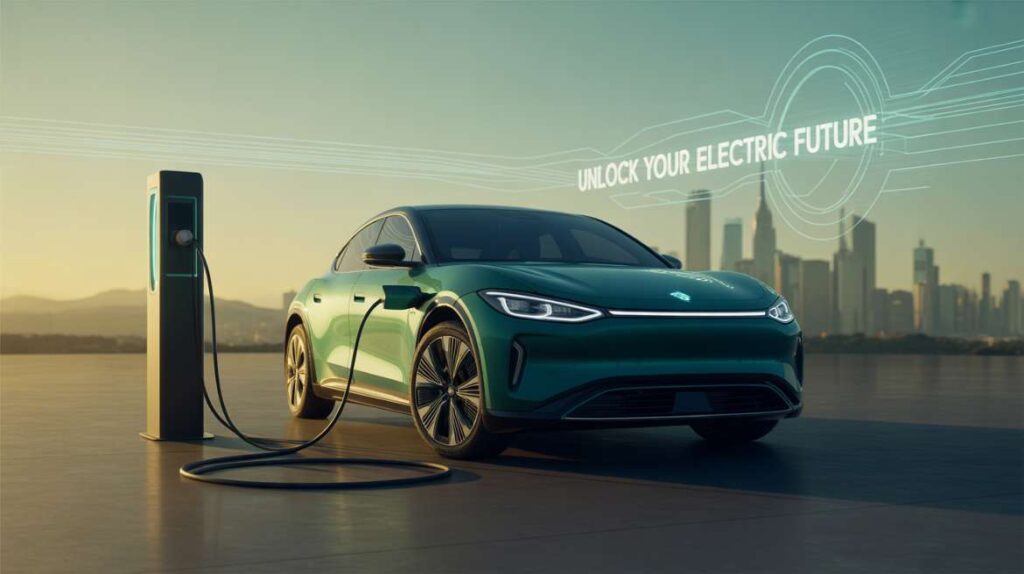Electric mobility is reshaping the way people travel and the way businesses operate. If you are exploring a charging-station franchise, fitting out a fleet depot, or simply eyeing a home installation that can scale with your entrepreneurial ambitions, understanding the modern EV charger landscape is essential. This guide walks you through the fundamentals—types, features, installation, market trends, network expansion, and sustainability—so you can make confident decisions and avoid common pitfalls.
EV charger will appear frequently throughout the text to keep the discussion focused and practical.
Overview of EV Chargers
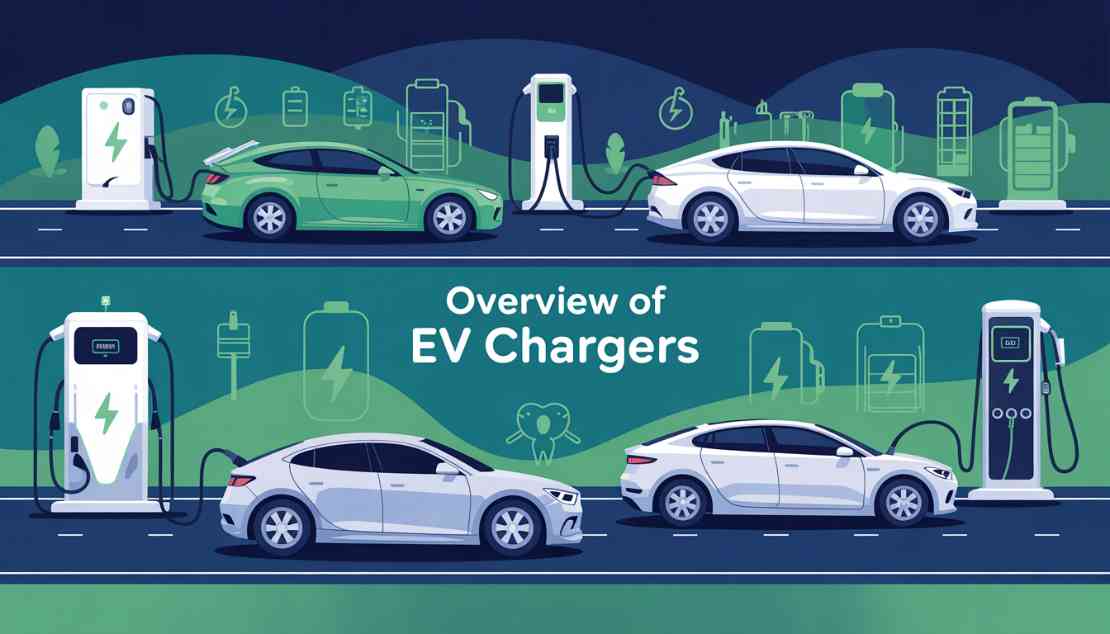
At its heart, an EV charger transfers energy from the grid (or another power source) into an electric vehicle’s battery. There are two main categories—AC and DC—each serving distinct use cases. AC chargers rely on the vehicle’s on-board converter, so they deliver a steady, lower-power charge that suits overnight top-ups at homes, workplaces, and shopping plazas. A full battery typically takes six to eight hours. DC chargers bypass the on-board converter and feed direct current straight into the battery. They handle far higher power levels, enabling a 0–80 % charge in well under an hour—perfect for busy forecourts, highway stops, and fleet hubs.
Skip this step and you risk congested queues or under-utilised assets.
Types of EV Chargers
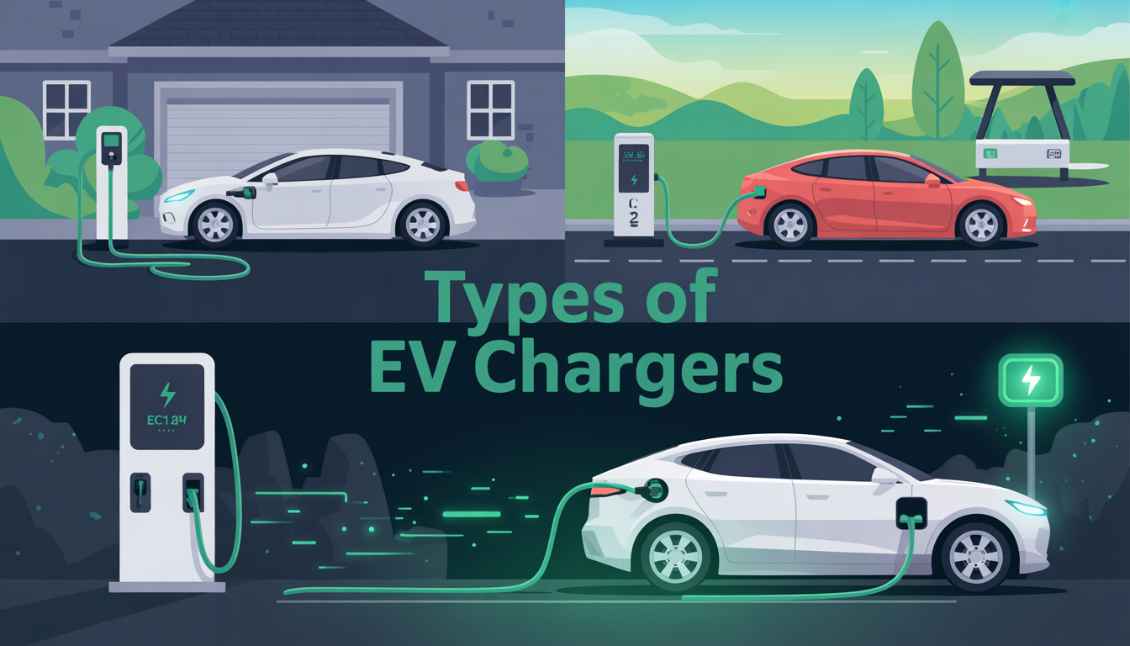
- AC Chargers
An AC EV charger converts mains electricity to the alternating current your vehicle’s on-board charger expects. It is inexpensive, compact, and ideal where cars or scooters can remain parked for several hours—think residential garages, workplace car parks, or mixed-use developments. When deciding between Level 1 and Level 2, remember that Level 1 draws from a standard three-pin outlet and can take all night, whereas Level 2 uses higher-current wiring to halve or even quarter the time.
- DC Chargers
A DC EV charger delivers energy directly to the battery, side-stepping the vehicle’s conversion bottleneck. These units often dot city centres, bypasses, and logistics hubs that demand rapid turnarounds. They cost more and draw heavier grid currents, yet the ability to replenish range during a coffee break can be a revenue magnet. Standards such as CCS ensure compatibility with high-capacity packs, while Type 2 connectors support AC and DC modes on many models.
Choosing between AC and DC rests on three questions: How long will vehicles be parked? What grid capacity is available? And how much capital are you willing to invest? Clarify these and you will narrow the field quickly.
Features and Specifications
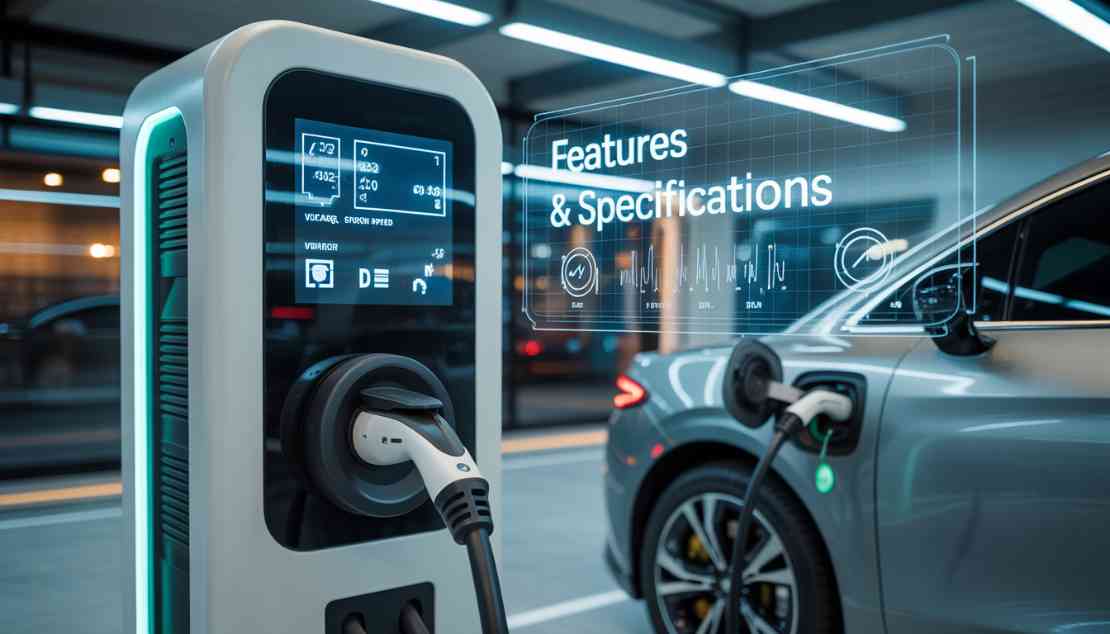
Connectivity
Modern chargers rarely stand alone. Bluetooth set-up, 4G back-end links, and Wi-Fi connectivity allow you to monitor sessions, push firmware updates, and integrate payment gateways from a central dashboard. For franchisors, those digital hooks simplify remote diagnostics and customer support.
Safety and Durability
Look for IP66-rated enclosures that keep dust and rain at bay. Over-current, over-temperature, and ground-fault protection are now standard. Delta’s lines, for instance, carry global certifications from UL, IEC, and CNS—reassurance that installations will pass local inspections without fuss.
Power Management
Adjustable current settings let you dial charging speed up or down, balancing demand against available supply. Smart-home compatibility means a private user can, for example, schedule a Level 2 EV charger to ramp only when rooftop solar is exporting surplus energy.
Accessories
Some manufacturers bundle carry bags, wall brackets, or cable tidies. For commercial premises, integrated RFID readers streamline user authentication, while colour displays help first-time visitors through the process.
Installation and Usage
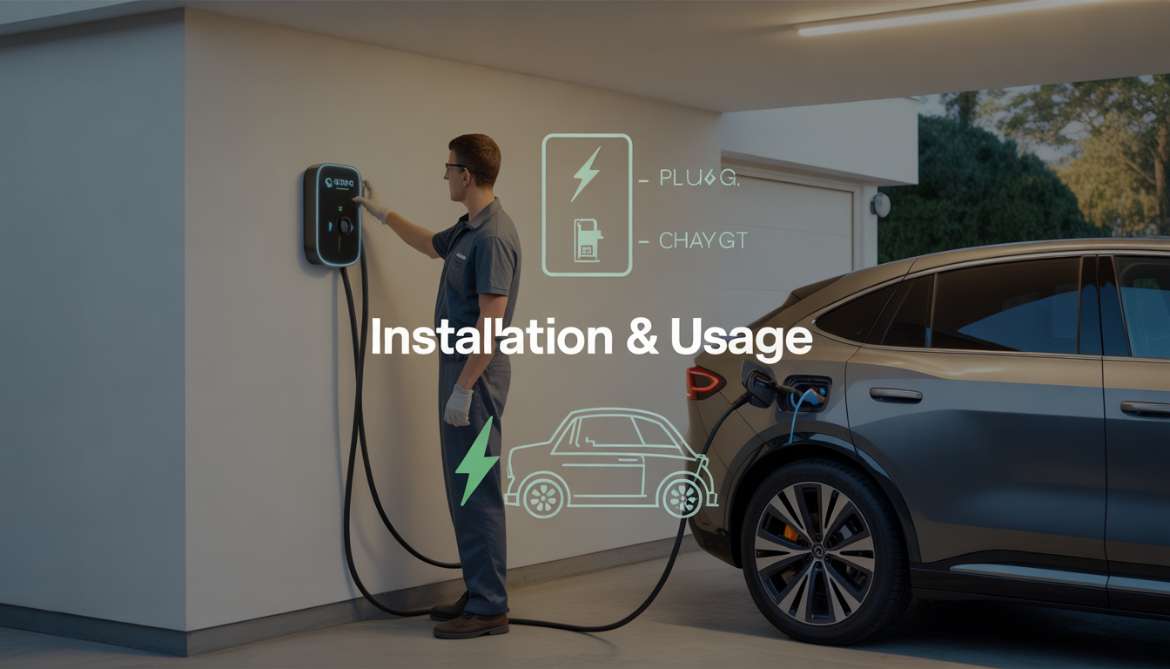
Home Set-ups
An AC charger suits most domestic scenarios. Installation is straightforward: a qualified electrician verifies the incoming supply, runs a dedicated circuit, and mounts the unit where the charge cable reaches the vehicle’s inlet without stretching. Level 2 chargers provide the sweet spot between cost and convenience, especially if you plan to operate a ride-sharing side hustle overnight.
Public Sites
DC chargers demand heavier cabling, three-phase feeds, and sometimes an external transformer. Position them where traffic flows are highest—service areas, premium retail parks, or fleet depots. Ensure bays are clearly marked and lit; drivers arrive with low batteries and little patience.
Practical Tips
- Always confirm the property’s electrical capacity before ordering hardware. Under-sized switchboards are a costly surprise.
- Comply with local wiring regulations from day one. It is cheaper than retro-fits.
- Provide signage that educates first-time users. Confusion reduces throughput.
- Factor software user licences into total cost of ownership.
Neglecting these basics can slow roll-out, strain relationships with landlords, and eat into revenue forecasts.
Market Trends and Discounts
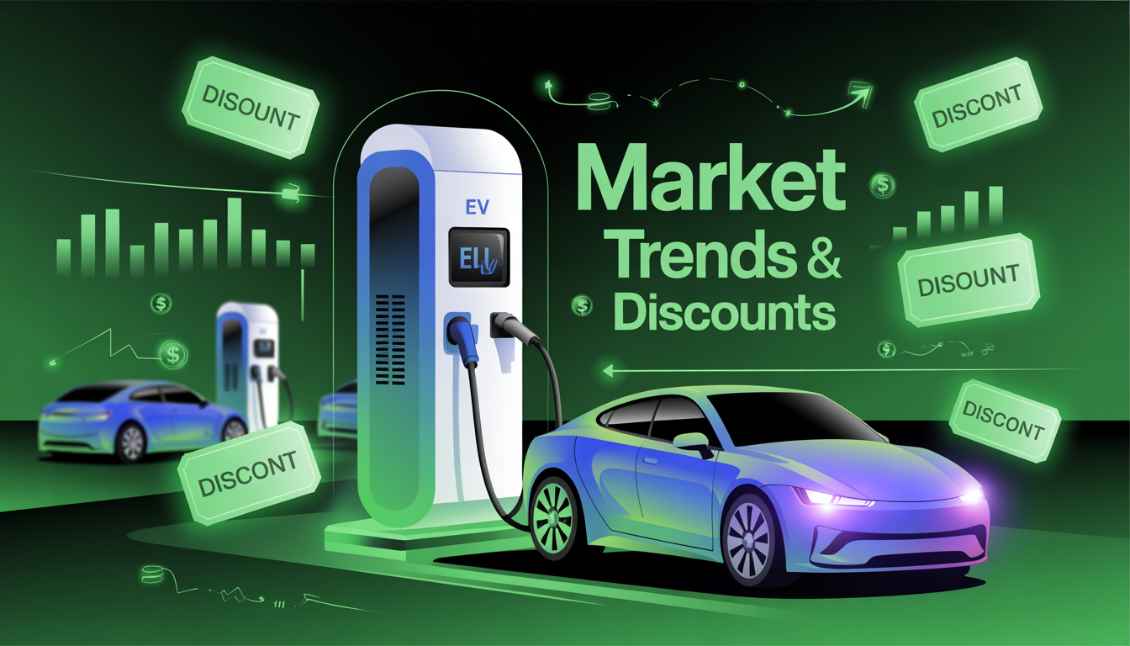
The EV charger market is both competitive and seasonal. Major sales events—such as the Great Indian Festival—have slashed hardware prices by up to 40 %. Timing purchases around these windows can free capital for installation or marketing. Meanwhile, customer demand is shifting from one-size-fits-all boxes to customised solutions: variable cable lengths, colour options that match corporate branding, or bundled maintenance contracts.
Businesses that ignore these trends risk losing buyers to more agile competitors. Listen to feedback, iterate on design, and advertise discounts loudly when the market is primed to spend. The combination of compelling pricing and tailored features sets winning propositions apart.
Infrastructure and Network Expansion
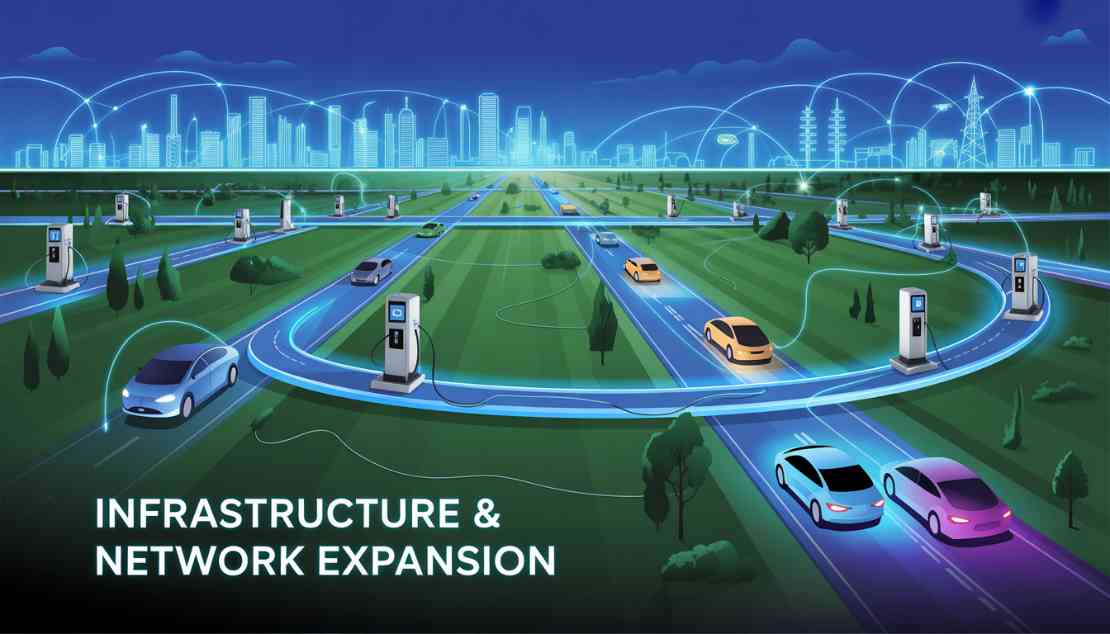
A single charger will not satisfy the mass transition to electrification. Platforms like ThunderPlus demonstrate that scale matters: 2000 public chargers. For entrepreneurs, partnering with such established networks can bring instant visibility and trust.
Mobile apps are the glue holding networks together. Drivers locate the nearest station, reserve a slot, and pay—all before they arrive. Offering the same capability at your locations boosts utilisation and simplifies billing. Under-estimate demand, choose poor sites, or skip app integration and you invite idle assets and frustrated customers.
Future-proofing
Aim for modular infrastructure that expands with demand. Trenching extra conduit today is cheaper than digging twice. Align with local authorities early to secure prime kerbside locations, and consider alliances with petrol retailers or quick-serve restaurants to piggy-back their footfall.
Sustainability and Renewable Energy
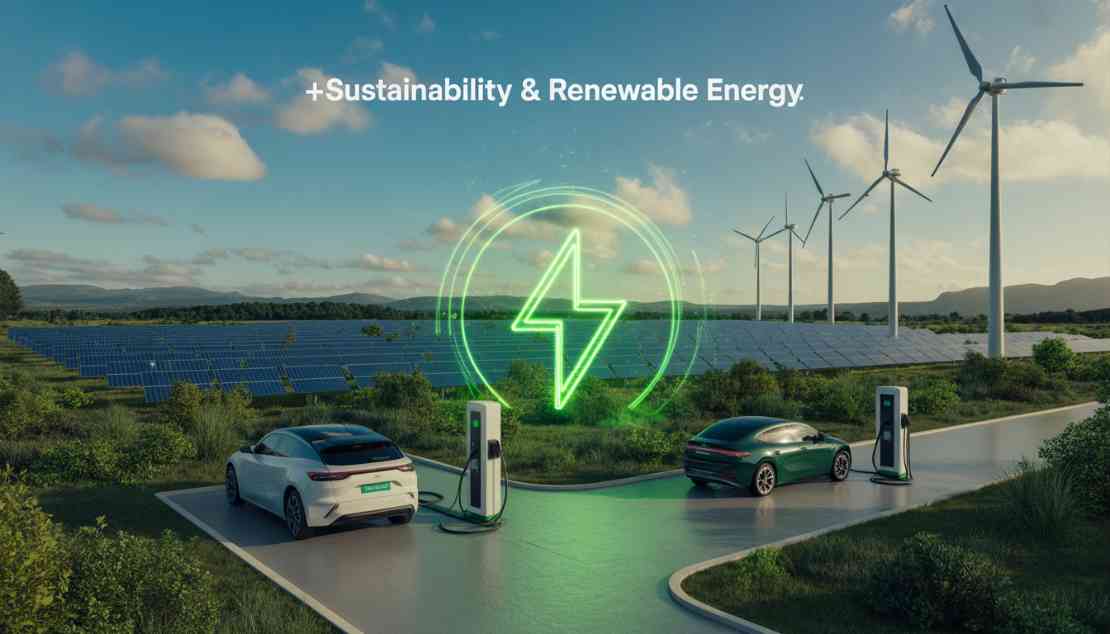
An EV charger does more than move electrons—it symbolises a shift toward cleaner living. Many operators now integrate chargers with on-site solar arrays, echoing SOLAR CONNECT’s vision of turning consumers into producers of green energy. Pairing panels with Level 2 units lowers daytime grid draw, while showcasing your commitment to carbon reduction.
Roles within this ecosystem continue to evolve. Sales professionals increasingly act as energy consultants, tailoring charger bundles to each client’s carbon goals. Thunderplus, alongside bigger names, offers systems designed for straightforward integration with solar inverters and energy-management software.
Avoidable Missteps
- Forgetting to calculate total daily energy demand leads to undersized renewable arrays.
- Skipping customer engagement overlooks valuable feedback on real-world charging habits.
- Choosing poor-quality installers jeopardises warranty claims and long-term efficiency.
By focusing on reliable hardware, thoughtful design, and transparent communication, you reinforce both sustainability goals and brand reputation.
Frequently Asked Questions
Q1. What is EV charger?
An EV charger is a device that transfers electricity from the grid—or another power source—into an electric vehicle’s battery, enabling you to replenish range at home or in public locations.
Q2. What’s an EV charger near me?
Using a network app such as ThunderPlus, you can locate the closest compatible charger, check availability, reserve a slot, and pay, all from your smartphone.
Q3. How do I decide between Level 1 and Level 2 for a home installation?
Assess your daily driving distance and the time your vehicle sits parked. If overnight charging meets your needs, Level 1 suffices; if you require a full top-up in a few hours, Level 2 offers faster turnaround without the cost of DC hardware.
Q4. Why choose AC over DC for a workplace car park?
Employees usually stay for several hours, so AC chargers provide ample energy at lower equipment and installation costs, freeing budget for installing multiple bays and reducing queuing.
Q5. My EV charger keeps pausing sessions—what could be wrong?
Check for over-current or overheating warnings via the charger’s app. These safety cut-offs often arise from undersized wiring or blocked ventilation. Rectifying the root cause typically restores uninterrupted operation.
Q6. How much should I budget for a small public charging site?
Factor in hardware, civil works, electrical upgrades, software licences, and signage. Market discounts during major sales events can trim equipment spend by up to 40 %, but total costs still vary widely based on grid capacity and charger count.
Ready to boost your EV charging capabilities? Explore how ThunderPlus can help you set up a reliable and efficient charging station tailored to your needs at thunderplus.io.


